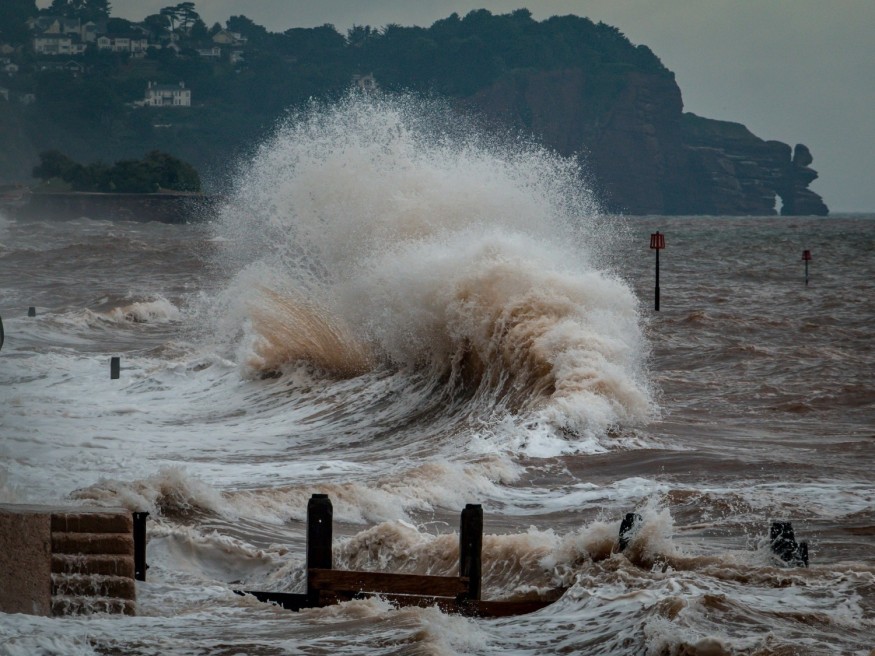Central Japan was struck by a major earthquake on Monday, with a preliminary magnitude of 7.6, causing widespread concern and triggering tsunami warnings. The quake, centered in Ishikawa Prefecture, has prompted urgent evacuation notices and heightened alerts for potential aftershocks.
Tsunami Waves and Evacuation Orders

In the wake of the earthquake, a tsunami approximately 1 metre high (3.3 feet) was reported along parts of Japan's west coast, bordering the Sea of Japan. Public broadcaster NHK indicated that larger waves might follow. Authorities, including the Japan Meteorological Agency, have issued tsunami warnings for the coastal prefectures of Ishikawa, Niigata, and Toyama, urging immediate evacuation to higher ground.
NHK reported that the quake, which struck the Noto region in Ishikawa prefecture at around 4:10pm local time (07:10 GMT), could lead to hazardous tsunami waves as high as 5 metres (16.4 feet) within 300km (186 miles) of the quake's epicentre, according to US and Japanese agencies.
Damage Assessment and Power Outages
Yoshimasa Hayashi, the top government spokesperson, addressed the nation in an emergency news conference, stating that the extent of the damage was still being assessed. Residents were cautioned to be prepared for further seismic activity. NHK's footage showed significant damage in Ishikawa, including collapsing buildings, and tremors were felt as far away as Tokyo. Over 36,000 households in Ishikawa and Toyama prefectures experienced power outages, as reported by Hokuriku Electric Power.
The Nuclear Regulation Authority has confirmed that there have been no irregularities at nuclear power plants along the Sea of Japan, including the five active reactors at the Ohi and Takahama plants in Fukui prefecture. The Shika plant in Ishikawa, closest to the quake's epicentre, had its reactors halted for inspection prior to the quake and reported no impact.
Additionally, South Korea's meteorological agency noted a potential rise in sea levels in parts of Gangwon province on the east coast.
Japan's Earthquake Vulnerability
This incident is a stark reminder of Japan's vulnerability to earthquakes. The country experienced a devastating earthquake and tsunami on March 11, 2011, in northeastern Japan, which resulted in nearly 20,000 deaths and significant nuclear meltdowns in Fukushima.
© 2025 NatureWorldNews.com All rights reserved. Do not reproduce without permission.

